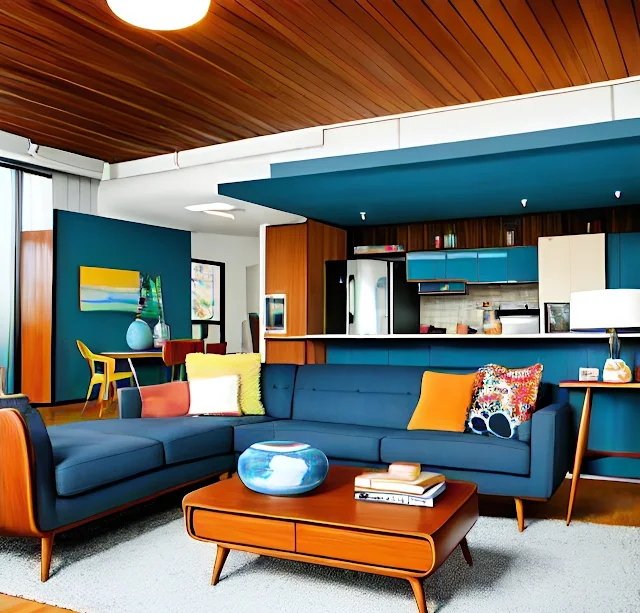Outline
1. Introduction to Mid-Century Modern
2. Historical Context of Mid-Century Modern
3. Key Characteristics of Mid Century Modern Design
4. Influential Designers of the Mid-Century Modern Movement
5. Mid-Century Modern Furniture and Decor
6. The Popularity and Endurance of Mid-Century Modern
7. How to Incorporate Mid-Century Modern Style in Your Home
8. Iconic Mid-Century Modern Pieces
9. The Influence of Mid-Century Modern on Contemporary Design
10. Conclusion
Article: What is Mid-Century Modern?
Mid-century modern is a design style and architectural movement that emerged in the mid-20th century, roughly spanning from the 1930s to the 1960s. It is characterized by a unique blend of simplicity, functionality, and innovation, making it one of the most enduring and influential design movements of the 20th century. In this article, we will delve into the world of mid-century modern design, exploring its history, key characteristics, iconic designers, and its continued relevance in contemporary design.
Historical Context of Mid-Century Modern
To understand mid-century modern design, it's essential to consider the historical context in which it emerged. The period following World War II marked a significant shift in design and lifestyle. The war had ended, and people were looking for a fresh start. This era of optimism and economic growth paved the way for a new approach to design and architecture.
Key Characteristics of Mid-Century Modern Design
Mid-century modern design is known for its distinctive features:
1. Clean Lines
One of the hallmark traits of mid-century modern is its clean, uncluttered lines. Furniture, architecture, and decor often feature sleek, straight lines and geometric shapes.
2. Minimalism
This design style emphasizes minimalism and simplicity. It avoids excessive ornamentation and unnecessary details, focusing on the essentials.
3. Functionality
Mid-century modern design prioritizes functionality. Furniture pieces are designed to be practical and comfortable while still maintaining their aesthetic appeal.
4. Natural Materials
Designers of this era often used natural materials such as wood, leather, and metal. These materials added warmth and texture to the clean lines of mid-century modern furniture and interiors.
Influential Designers of the Mid-Century Modern Movement
Several designers played pivotal roles in shaping the mid-century modern movement. Some of the most influential figures are:
1. Charles and Ray Eames
Charles and Ray Eames are renowned for their iconic furniture designs, including the Eames Lounge Chair and Ottoman. Their work epitomizes the marriage of form and function.
2. Eero Saarinen
Eero Saarinen's contributions to mid-century modern design include the Tulip Chair and the TWA Flight Center at JFK Airport. His designs are characterized by organic shapes and innovative use of materials.
3. Mies van der Rohe
Ludwig Mies van der Rohe is famous for his Barcelona Chair and his mantra, "Less is more." His minimalist approach has had a profound influence on modern architecture.
Mid-Century Modern Furniture and Decor
Mid-century modern design extends to various aspects of the home, including furniture and decor. Some popular elements include:
1. The Egg Chair
Designed by Arne Jacobsen, the Egg Chair is an iconic piece known for its organic shape and comfort.
2. Teak Wood
Teak wood was a favored material for mid-century modern furniture. Its durability and rich, warm tones made it a staple in many homes.
3. Atomic Age Decor
The Atomic Age, characterized by space exploration and scientific advancements, influenced decor with futuristic, atomic-inspired patterns and shapes.

Comments
Post a Comment